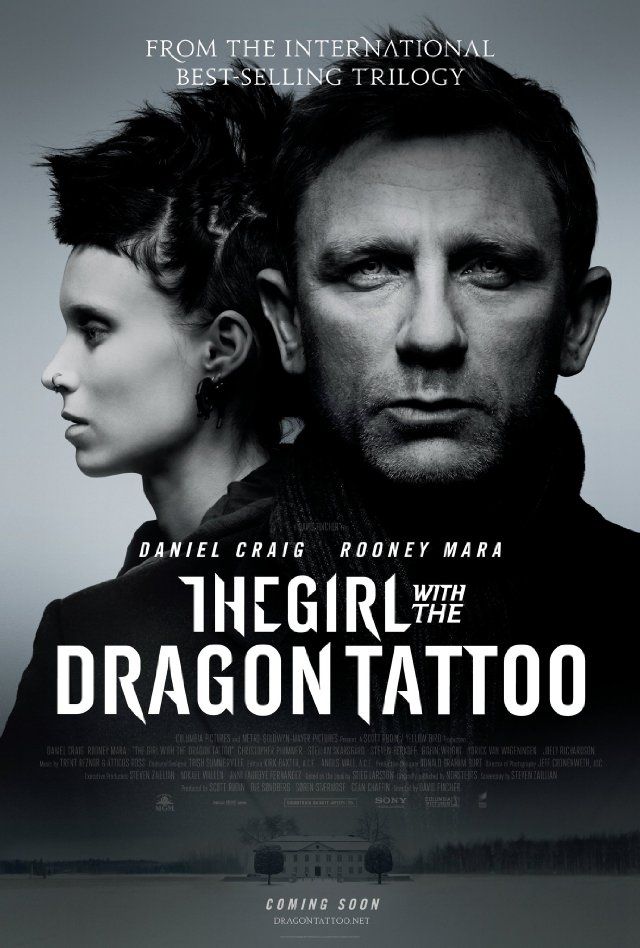
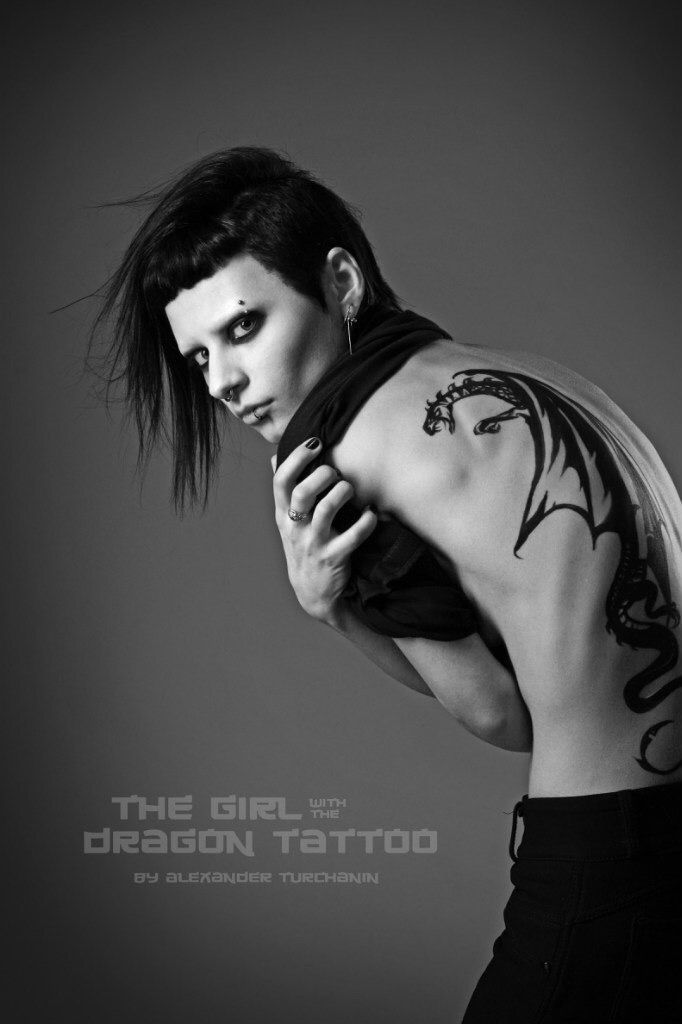
The Girl with the Dragon Tattoo is a crime novel that mixes mystery with deep character study. It follows a journalist and a skilled hacker as they uncover dark family secrets while solving a long-cold disappearance. This book is known for its sharp plot and well-developed characters, making it a standout in modern crime fiction.
The story explores serious themes such as corruption, violence, and trust. Its complex characters drive the narrative, creating a gripping tension from the start. The book has influenced many readers and adaptations, sparking interest beyond just the crime genre itself.
Key Takeaways
- The story blends mystery with strong character development.
- It tackles serious issues through its plot and characters.
- The book has inspired several adaptations and a lasting impact.
Overview of The Girl with the Dragon Tattoo
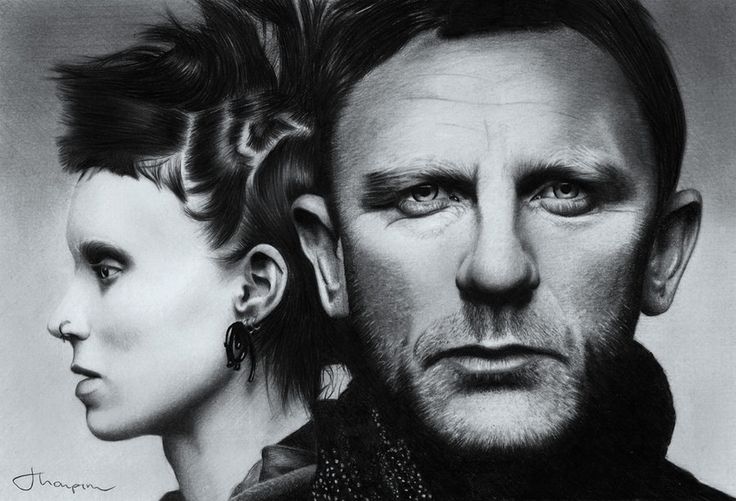
The Girl with the Dragon Tattoo is a crime novel that combines mystery, thriller, and social commentary. It tells the story of two very different characters who work together to solve a cold case. The book’s themes and history show why it became a major success worldwide.
Book Synopsis
The story follows journalist Mikael Blomkvist and hacker Lisbeth Salander. Blomkvist is hired by a wealthy businessman to investigate a disappearance that happened 40 years ago. Lisbeth, with her strong hacking skills and troubled past, helps him uncover dark secrets.
Their investigation reveals corruption, family drama, and violence in Sweden’s elite society. The plot mixes suspense with deep character development. The book uses multiple viewpoints to slowly reveal the truth behind the mystery.

Genre and Themes
The novel fits into crime fiction and psychological thriller categories. It blends detective work with social critique, especially about violence against women and power abuses.
Major themes include justice, trust, and the fight against oppression. Lisbeth represents a strong but damaged figure who challenges norms. The contrast between her and Blomkvist adds depth to the story.
Publication History
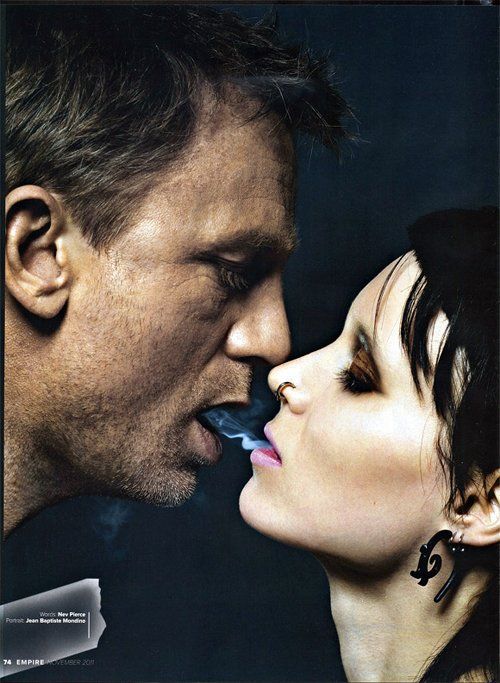
The Girl with the Dragon Tattoo is the first book in Stieg Larsson’s Millennium series. It was published in 2005 in Sweden and later translated into many languages.
The novel quickly gained a large audience worldwide. Its success led to film adaptations and inspired other books in the series. Although Larsson died before publication, his work continues to influence crime fiction today.
Main Characters
The story focuses on two key figures with strong but very different personalities. Their skills and pasts affect the plot deeply. Alongside them, several other characters influence the investigation.
Lisbeth Salander
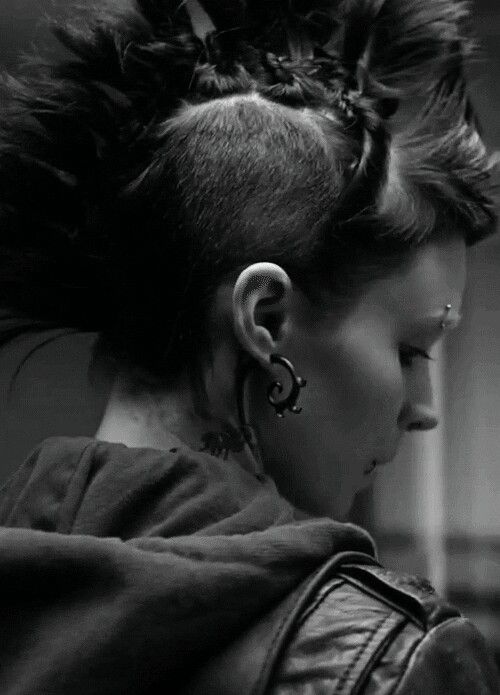

Lisbeth Salander is a brilliant hacker with a photographic memory. She is socially withdrawn and has a tough, rebellious attitude. Lisbeth’s difficult childhood and mistrust of authority shape her behavior and actions throughout the story.
She works independently, often outside the law, to uncover secrets. Despite her cold exterior, Lisbeth shows loyalty to those she trusts. Her intelligence and skills make her crucial to solving the main mystery.
Mikael Blomkvist
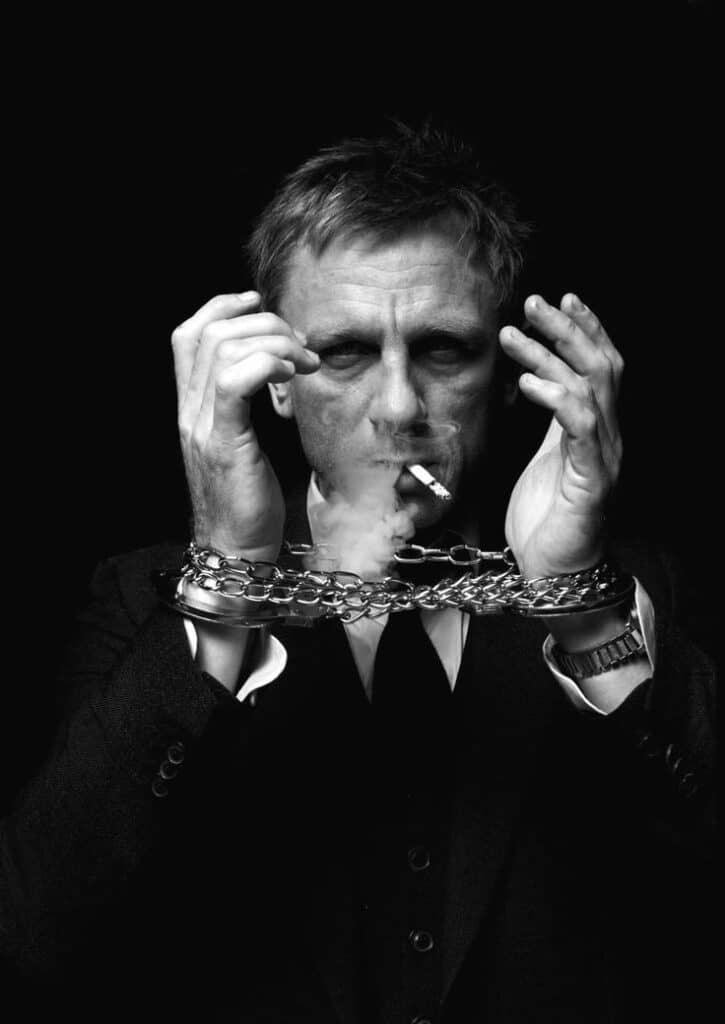

Mikael Blomkvist is an investigative journalist. He is determined, patient, and driven by a strong sense of justice. Mikael is well-known for exposing corruption through his work with the magazine Millennium.
He teams up with Lisbeth to investigate a long-unsolved disappearance. Mikael’s calm and methodical approach balances Lisbeth’s impulsive style. His experience in journalism helps uncover facts others might miss.
Supporting Cast
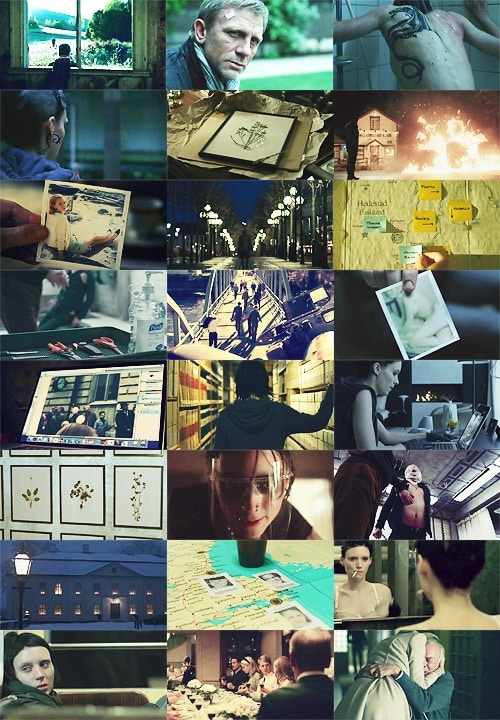
The supporting characters include members of the wealthy Vanger family. Each one has a unique role in the plot and adds complexity to the mystery. Some are suspicious, while others provide key information.
There are also police officers and other professionals involved. They sometimes help or hinder the investigation. Their actions influence how the story unfolds and who can be trusted.
| Character Type | Role in Story | Impact |
|---|---|---|
| Vanger Family | Potential suspects and witnesses | Adds tension, provides clues |
| Police | Investigative authorities | Variable cooperation |
| Other Professionals | Assist or challenge leads | Affect investigation outcomes |
Plot Summary
The story focuses on a decades-old disappearance, tangled business wrongdoings, and dark family history. A journalist and a skilled hacker work together, uncovering dangerous truths. Their investigation leads to hidden crimes and complex personal connections.
Murder Mystery Investigation
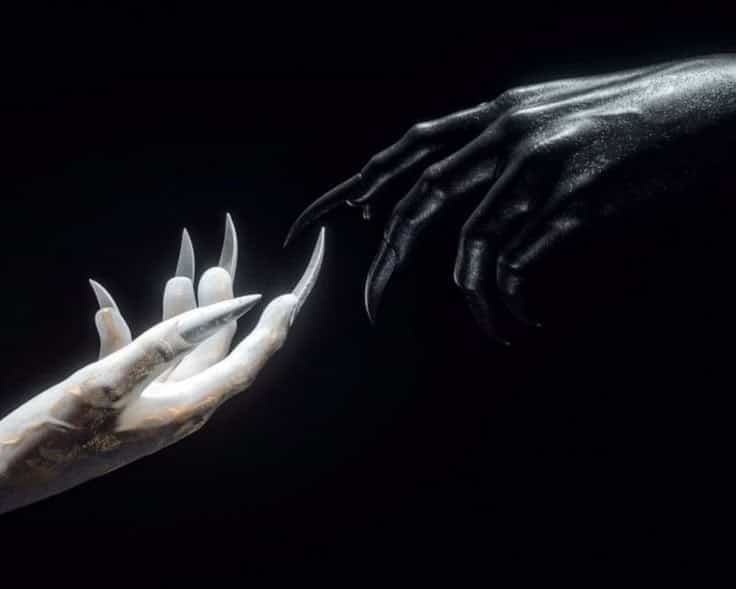
Journalist Mikael Blomkvist is hired to solve the disappearance of Harriet Vanger, who vanished from a remote island twenty years earlier. He teams up with Lisbeth Salander, a brilliant hacker with a troubled past. Together, they dig into old evidence and interview Vanger family members.
They find clues that suggest Harriet was murdered. The case reveals a pattern of violence and threats within the island’s community. The investigation uncovers secrets long buried, showing the depth of the crime and exposing key suspects.
Corporate Corruption

Blomkvist’s work also exposes shady dealings at a major corporation controlled by the Vanger family. The company has been involved in illegal activities, including fraud and bribery. These crimes affect both the business world and local politics.
Lisbeth uses her hacking skills to access secret files, revealing the company’s role in covering up murders and corruption. The story shows how power and money protect criminals, making it hard to bring them to justice.
Family Secrets
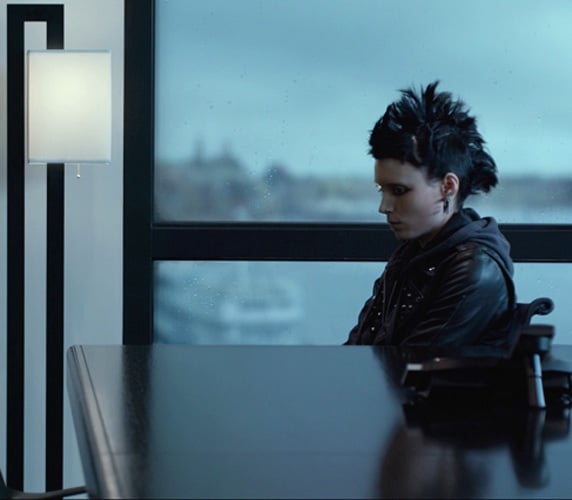
The Vanger family holds many dark secrets beyond the business scandals. Old resentments and hidden crimes link family members in complex ways. As Blomkvist and Salander uncover these truths, they expose painful memories and betrayals.
The investigation reveals abuses and lies that explain much about Harriet’s disappearance. It also shows how the family’s wealth and influence have been used to hide the worst actions from the public and law enforcement.
Author and Literary Impact
Stieg Larsson wrote a series that became widely known for its mix of crime, social critique, and complex characters. His work brought attention to issues like violence against women and corruption in society. The Millennium series has had a strong influence on crime fiction worldwide.
Stieg Larsson’s Background
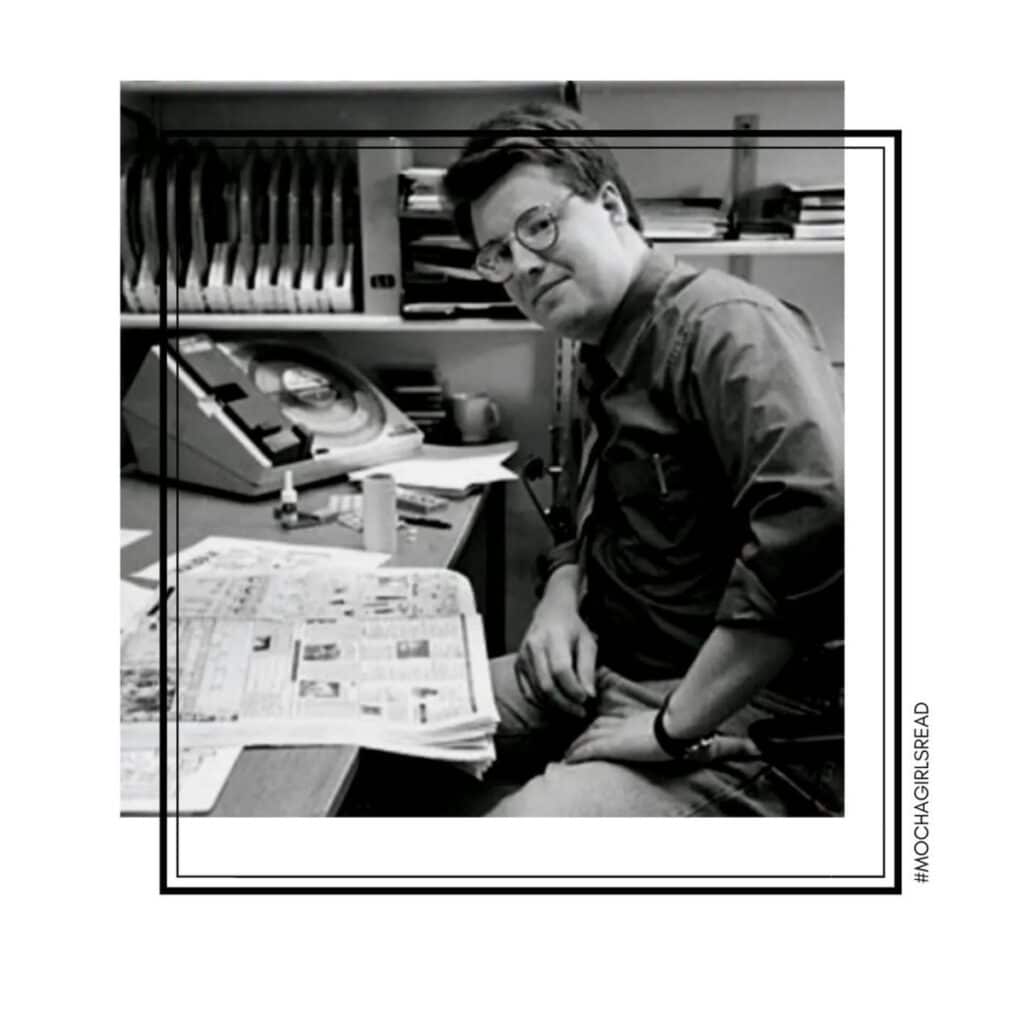

Stieg Larsson was a Swedish journalist and writer. He worked for a magazine focused on exposing right-wing extremism and racism. Larsson was deeply interested in social justice and human rights, which shaped the themes of his writing.
He wrote the Millennium series but passed away in 2004 before the first book was published. His background as an investigative reporter helped him create realistic crime stories that dive into political and social issues.
Millennium Series Overview

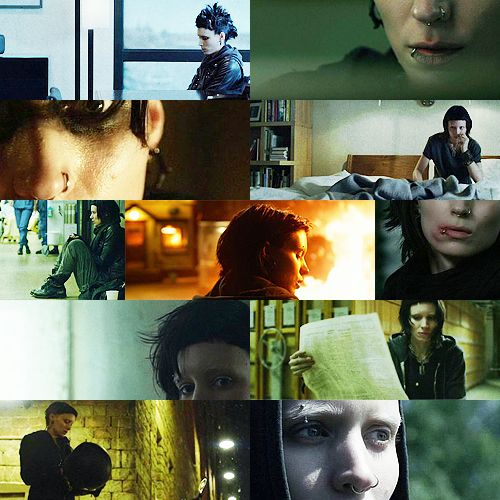
The Millennium series includes three novels: The Girl with the Dragon Tattoo, The Girl Who Played with Fire, and The Girl Who Kicked the Hornets’ Nest. The books follow journalist Mikael Blomkvist and hacker Lisbeth Salander.
The stories mix mystery and thriller elements with an examination of Swedish society. Themes include abuse, trust, and power. The books’ detailed plots and strong characters made the series popular worldwide.
Critical Reception

Critics praised the series for its fast pace and complex characters, especially Lisbeth Salander. Some praised Larsson’s focus on gender violence and social issues. Others noted the plot’s detailed and layered nature.
However, some critics found parts of the novels too dense or violent. Despite mixed opinions, the series is seen as a major work in Scandinavian crime fiction. It has inspired movies, TV shows, and new books by other authors.
Adaptations
“The Girl with the Dragon Tattoo” has been made into two major films across different cultures. Each version tells the story through a unique lens and style, with some changes in plot and character portrayal.
Swedish Film

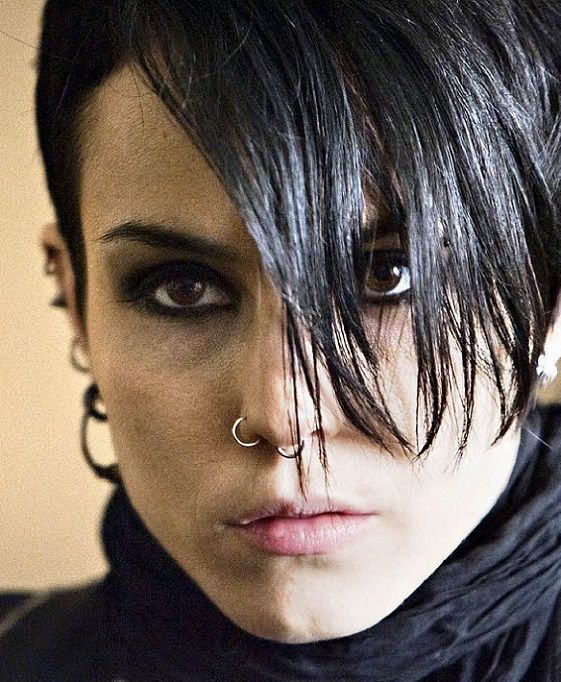
The Swedish film version was released in 2009. It was directed by Niels Arden Oplev and stars Noomi Rapace as Lisbeth Salander. This film closely follows the original book by Stieg Larsson. It keeps much of the book’s darker tone and mood.
The movie was well-received in Sweden and internationally. It uses a gritty style that matches the novel’s serious themes. Many fans praise Rapace’s performance for bringing Lisbeth to life. The film also sparked sequels continuing the story of Lisbeth and Mikael Blomkvist.
American Film

The American adaptation came out in 2011. Directed by David Fincher, it stars Rooney Mara as Lisbeth Salander. This version uses a higher budget and Hollywood production values. It focuses on detailed visuals and suspenseful scenes.
The actors deliver strong performances, especially Mara’s intense portrayal of Lisbeth. Some scenes were shortened or altered for pacing and audience appeal. The film gained critical acclaim and was nominated for several awards, including Oscars.
Differences Between Adaptations

The Swedish and American films differ in tone and detail. The Swedish film is darker and more faithful to the book’s atmosphere. The American film uses a cleaner, more polished look.
Character backstories are more deeply explored in the Swedish version. The American adaptation simplifies some plot points, focusing more on thriller aspects.
| Feature | Swedish Film (2009) | American Film (2011) |
|---|---|---|
| Director | Niels Arden Oplev | David Fincher |
| Lisbeth Salander | Noomi Rapace | Rooney Mara |
| Tone | Gritty, dark | Polished, suspense-driven |
| Faithfulness to Book | Very close | Some changes and cuts |
| Visual Style | Raw and realistic | Stylish and cinematic |
Both films give viewers different experiences while telling the same core story.
Themes and Analysis
The story deals with difficult social issues and explores the role of media in exposing truth. It presents harsh realities faced by certain groups and questions the responsibilities of those who report on these issues.
Violence Against Women
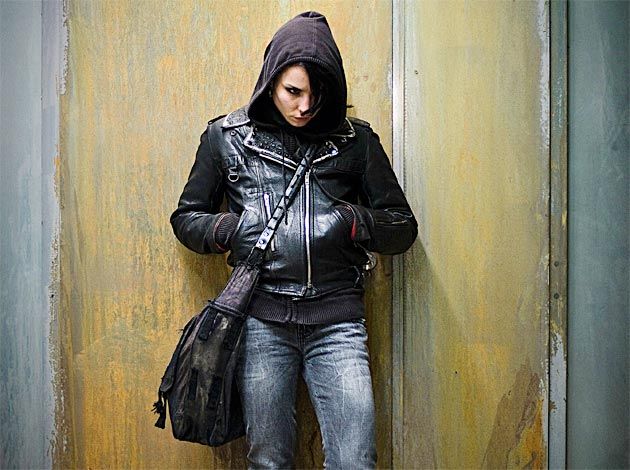
The novel reveals widespread violence against women, showing both physical abuse and psychological trauma. Lisbeth Salander’s character highlights how victims can suffer in silence, struggling against systems meant to protect them.
The story exposes how society sometimes ignores or enables abuse. It also critiques institutions, like the police, for failing to support survivors properly. This theme challenges readers to think about real-life problems behind headlines.
Journalism and Ethics

Journalism plays a key role in uncovering hidden crimes in the story. Mikael Blomkvist’s work illustrates how reporters can seek justice by bringing truth to light.
At the same time, the novel questions the ethics of journalism. It raises issues about privacy, sensationalism, and the impact of revealing painful personal stories. The balance between exposing facts and protecting individuals is a constant struggle in the narrative.
Cultural Influence
The story sparked deep discussions about gender roles and society. It also reached readers worldwide, impacting many cultures with its unique style and themes.
Feminism and Social Commentary
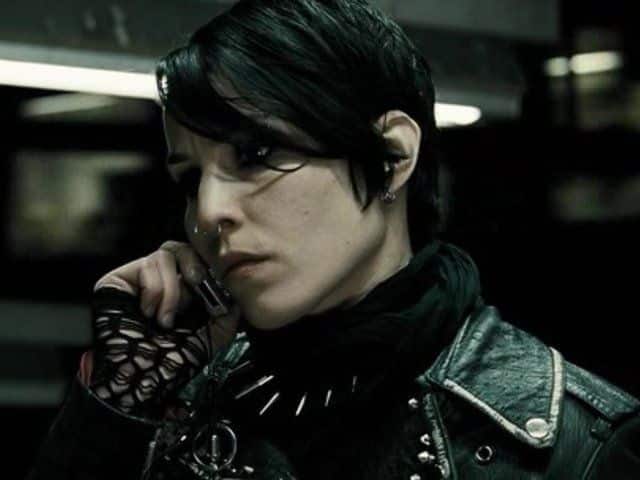
The book features a strong female lead who challenges traditional roles. Lisbeth Salander is smart, independent, and skilled in hacking. She fights against abuse and corruption, which highlights issues faced by women.
The story exposes violence against women and institutional failures. It focuses on how society often ignores these problems. This has made the book important in feminist discussions. It encourages readers to think about justice and power.
Many see Lisbeth as a symbol of resistance. Her character breaks stereotypes about women in crime fiction. This helps bring attention to real social problems through a gripping story.
Global Popularity

The novel became a worldwide success after its initial release. Readers across different countries appreciated its mix of mystery, thriller, and social critique.
The book was translated into many languages quickly. It also inspired movies and TV shows in Sweden, the United States, and beyond. These adaptations helped spread its reach.
Its themes are universal, such as justice, corruption, and survival. This made the story relatable to diverse audiences. Fans from various cultures connected with the characters and the issues they face.
- 0shares
- Facebook0
- Pinterest0
- Twitter0
- Reddit0













